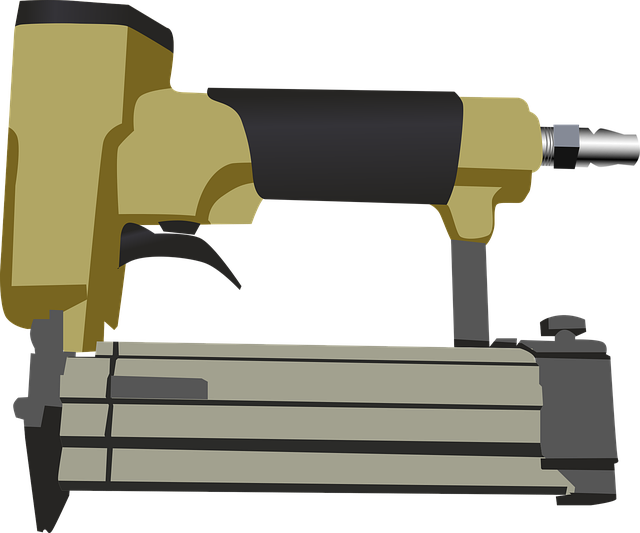Before repairing a cracked headlight, assess damage, gather tools & supplies (refer to guides), prioritize safety, prepare area, apply automotive filler, cure & test visibility thoroughly for safe, legal driving using Select DIY Auto Repairs methods.
Repairing a cracked headlight not only enhances your vehicle’s appearance but also improves visibility. Before you embark on this DIY auto repair, assess the damage and gather the necessary supplies, including a headlight repair kit, sandpaper, primer, and a clear coat. Follow these steps: Remove the cracked headlight safely, prepare the surface, apply filler and smooth the finish, then cure and test visibility. Select DIY auto repairs that are both effective and efficient to restore your headlights to their original condition.
- Assess Damage and Gather Supplies
- Remove Cracked Headlight Safely
- Prepare Surface for Repair
- Apply Filler and Smooth Finish
- Cure and Test Visibility
Assess Damage and Gather Supplies
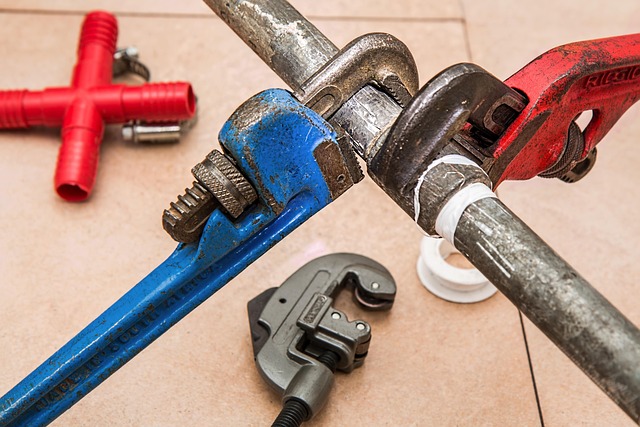
Before diving into repairing a cracked headlight, it’s crucial to assess the damage thoroughly. Inspect the lens for cracks, chips, or deep pits that could affect clarity and safety. Also, verify if the housing is damaged or broken. This step is essential as it determines the extent of repairs required and the supplies needed. If you’re considering a DIY auto repair, selecting the right tools and materials is key.
Gathering the necessary supplies can be done efficiently by referring to guides for common tasks like replacing a broken taillight lens, which shares similar components with headlights. Additionally, having basic automotive tools at hand makes other simple procedures, such as a diy fuel filter change or diy engine oil change, more manageable. Remember that for complex repairs or if you lack confidence in your abilities, seeking professional assistance is always an option.
Remove Cracked Headlight Safely
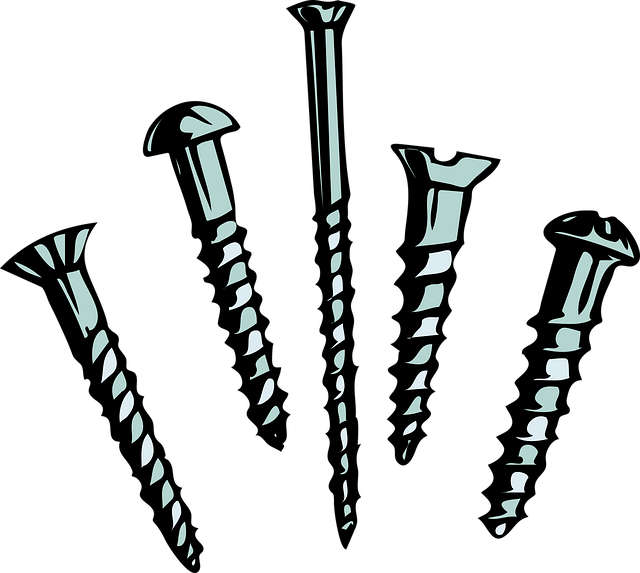
When it comes to repairing a cracked headlight, safety is paramount. The first step in any DIY auto repairs is to ensure your workspace is well-lit and free from obstructions. Put on protective gear, including gloves and safety glasses, to shield yourself from shards of glass or debris during the removal process. Begin by turning off your vehicle’s ignition and allowing it to cool down before starting any work. This precaution is essential for your safety, especially when dealing with hot components like headlights.
For a safe removal, locate the screws or clips holding the headlight in place using the car’s service manual or an online guide tailored for your vehicle model. With the right tools at hand, carefully unscrew and detach the headlight, being mindful of any wires or sensors connected to it. This step requires precision, especially if you’re planning other DIY auto repairs like a diy engine oil change or diy exhaust system repair. Ensure each component is handled with care to avoid damaging them during the process of repairing the cracked headlight or fixing that dented fender.
Prepare Surface for Repair
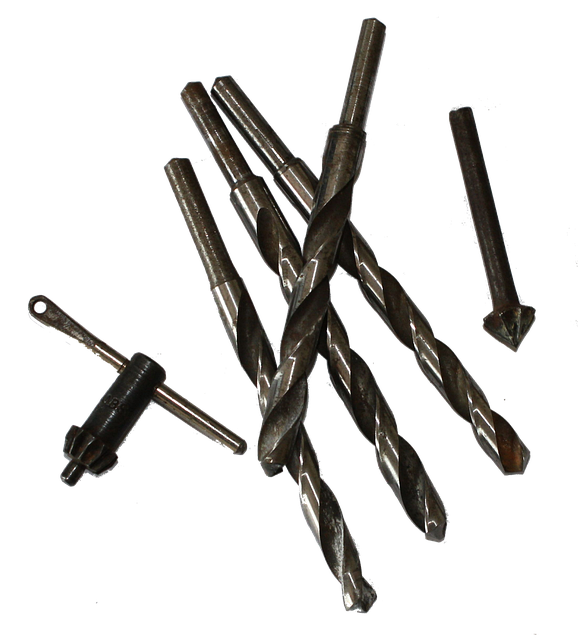
Before repairing a cracked headlight, it’s crucial to prepare the surface properly for optimal adhesion and long-lasting results. Start by thoroughly washing and drying the area around the crack. This ensures no dirt or debris will interfere with the repair process. Next, use fine-grit sandpaper to gently smoothen the edges of the crack and the surrounding surface, creating a rough texture that promotes better paint adherence.
For those considering DIY auto repairs, this step is essential. A clean, prepared surface allows you to select the right tools and materials for the job, such as an automotive-grade primer and clear coat. Plus, it sets the stage for successful projects like a headlight repair, which can enhance safety by restoring optimal lighting conditions, similar to how a diy brake rotor replacement improves stopping power. Just remember, if you’re unsure about any step, consulting resources or professionals can provide guidance, ensuring your DIY efforts align with safety standards and quality outcomes.
Apply Filler and Smooth Finish
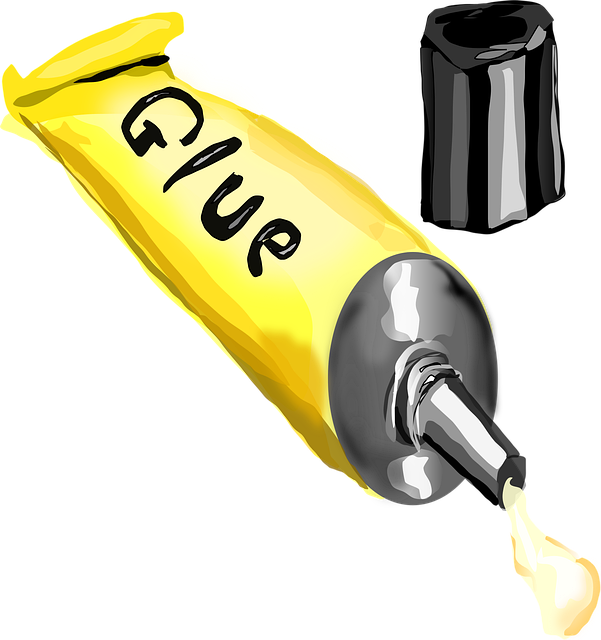
After ensuring the cracked area is thoroughly cleaned and prepared, it’s time to apply a filler designed for automotive use. This step is crucial in repairing the headlight as it provides a smooth base for the final finish. Select a high-quality DIY auto repair filler that matches your vehicle’s paint color. Apply a thin layer using a putty knife, carefully spreading it into the crack and over any imperfections. Allow the filler to dry completely according to the manufacturer’s instructions.
Once dried, sand the surface gently with fine-grit sandpaper to create a smooth texture. This meticulous process ensures that your headlight not only looks repaired but also maintains its clarity and optical quality. Following these DIY auto repair techniques, such as replacing door handles or performing a diy fuel filter change, can help you save costs while ensuring the longevity of your vehicle’s components.
Cure and Test Visibility
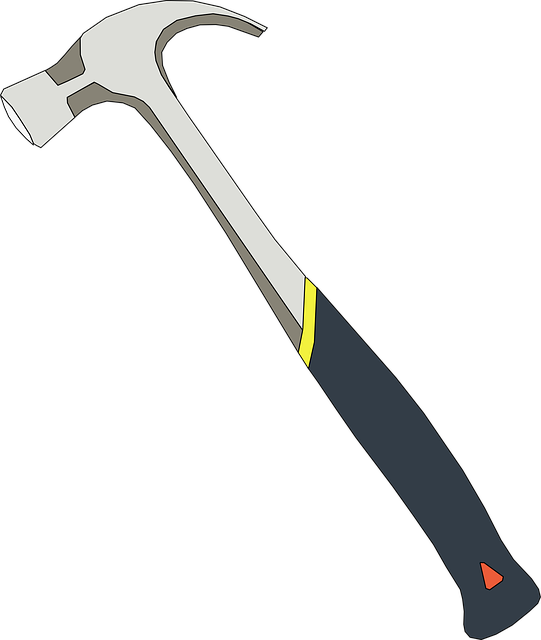
After repairing the crack, it’s crucial to test the visibility it provides. Select DIY Auto Repairs offers detailed instructions on how to effectively cure the resin used for the fix, ensuring optimal results. This process involves allowing the repair to set for the recommended duration, usually a few hours, before subjecting it to various lighting conditions to ensure no haze or cloudiness develops. Once cured, conduct a thorough test drive to assess the headlight’s brightness and clarity, comparing it to the other functioning headlights on your vehicle.
Visibility is paramount for safe driving, making this step critical. If the repaired headlight performs adequately, you can move forward with confidence. Remember that, just as with any DIY auto repair, including tasks like a diy coolant leak repair or repairing a dented fender, proper execution and thorough testing are key to achieving a successful outcome. This ensures not only enhanced safety but also adheres to legal requirements for clear headlight visibility while driving.
Repairing a cracked headlight is a manageable DIY auto repair project that can significantly improve your vehicle’s appearance and driving safety. By following these simple steps—assessing damage, gathering supplies, safely removing the cracked light, preparing the surface, applying filler, smoothing the finish, curing, and testing visibility—you can restore your headlight to its original condition. Choose the right materials and take your time for optimal results. For minor cracks, this select DIY auto repair can save you time and money compared to professional services.
